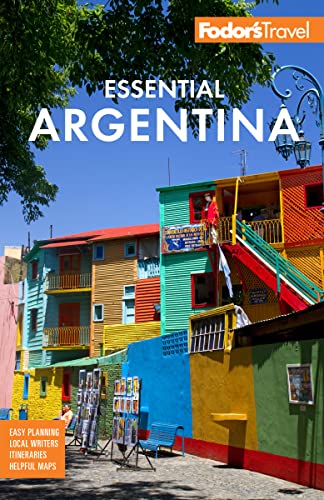Iguazú consists of some 275 separate waterfalls—in the rainy season there are as many as 350—that plunge more than 200 feet onto the rocks below. They cascade in a deafening roar at a bend in the Iguazú River (Río Iguazú in Spanish, Rio Iguaçu in Portuguese) where the borders of Argentina, Brazil, and Paraguay meet. Dense, lush jungle surrounds the falls: here the tropical sun and the omnipresent moisture produce a towering pine tree in two decades instead of the seven it takes in, say, Scandinavia. By the falls and along the roadside, rainbows and butterflies are set off against vast walls of red earth, which is so ubiquitous that eventually even paper currency in the area turns red from exposure to the stuff.
The falls and the lands around them are protected by Argentina's Parque Nacional Iguazú (where the falls are referred to by their Spanish name, the Cataratas de Iguazú) and by Brazil's Parque Nacional do Iguaçu (where the falls go by the Portuguese name of Cataratas do Iguaçu).
To visit the falls, you can base yourself in the Argentine town of Puerto Iguazú, or its sprawling Brazilian counterpart, the city of Foz do Iguaçu. The two cities are 18 km (11 miles) and 25 km (15 miles) northwest of the falls, respectively, and are connected by an international bridge, the Puente Presidente Tancredo Neves.





